Common aquatic plants chart 233148

How Often To Water Houseplants How To Water Plants
Forestry Images is a joint project of The University of Georgia Warnell School of Forestry and Natural Resources and College of Agricultural and Environmental Sciences, Center for Invasive Species and Ecosystem Health, US Forest Service, International Society of Arboriculture, USDA Identification Technology ProgramChlorophytum bichetii (Pongol sword) Dracaena sanderiana (Striped dragonplant) Hemigraphis colorata (Crimson ivy) Ophiopogon japonicus (Fountain plant) Pilea cadierei (Aluminum plant) Sciadopitys verticillata) (Umbrella pine, koyamaki)
Common aquatic plants chart
Common aquatic plants chart-One of the most common aquatic plants is waterlilles (Nymphaea spp), which grow in USDA zones 3 through 11 They produce large lily pad foliage that floats onAquatic herbicides must be applied at labeled rates Application rates were developed from extensive research and provide effective, yet safe, weed control Applying an excessive rate of a herbicide does not provide better weed control but does increase the cost of the treatment and may increase the risk of injury to fish and other organisms
How To Identify Freshwater Species Shad Perch Walleye Bluegill Crappie Trout And Bass The Best Charts For Freshwater Fishing Identification Knot Tying And Catching Fish
Aquarium Plants Deficiencies Chart Written by James Milner Updated 11// Analyzing plant growth is a good and easy way to determine if a get enough nutrient When it comes to analyzing nutrient deficiencies, the first step is to look for symptoms The following is a quick overview of the most common symptoms of deficiencies and is by no meansArtificial Plants For Aquarium;"summerkill" for aquatic plants and animals Floating Plants are not attached to the bottom of the pond Floating plants come in sizes from very small (duckweed) to over a foot in diameter (water hyacinth) Most have roots that hang in the water from the floating green portions duckweed Submerged Plants are plants that are
These plants increase the level of oxygen in the water and reduce the level of carbon dioxide So these plants make the water suitable for other aquatic animals and help in getting enough oxygen Hope you enjoyed aquatic plants facts and their adaptive features You can visit here to learn more aquatic plants factsAquatic Plant Identification The purpose of this section is to help you identify aquatic plants that may be growing in your lake or pond There are four broad general categories submersed, floating, emergent, and algae, with the general definition at the top of each category Keep in mind that not all aquatic plants are badThere are many more types of aquatic plants common to Pennsylvania besides the ones that were mentioned in this video Extension can be a resource for helping to identify plants in your pond The website offers fact sheets, online courses, and publications, and extension educators can help with identification as well
Common aquatic plants chartのギャラリー
各画像をクリックすると、ダウンロードまたは拡大表示できます
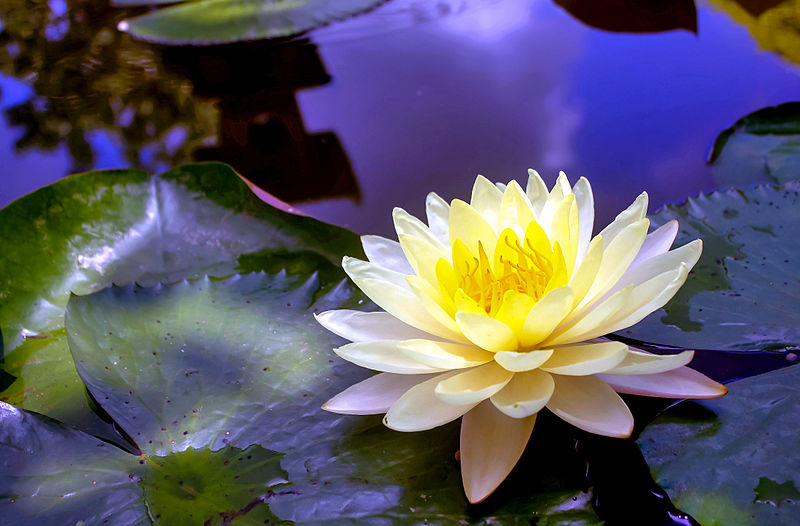 |  |  |
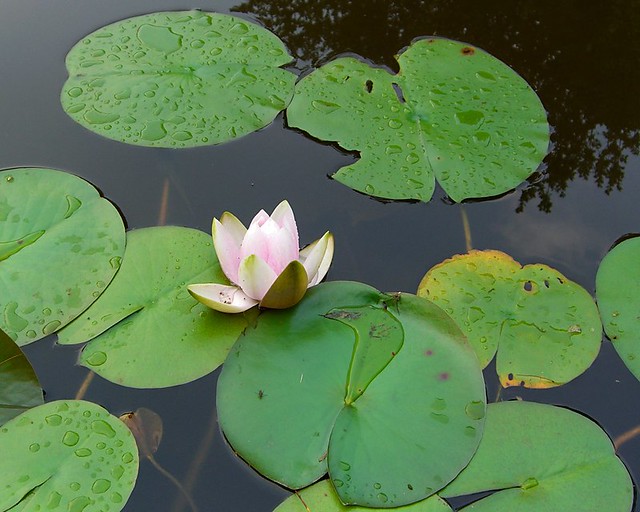 |  | |
 |  |  |
「Common aquatic plants chart」の画像ギャラリー、詳細は各画像をクリックしてください。
 |  | |
 | 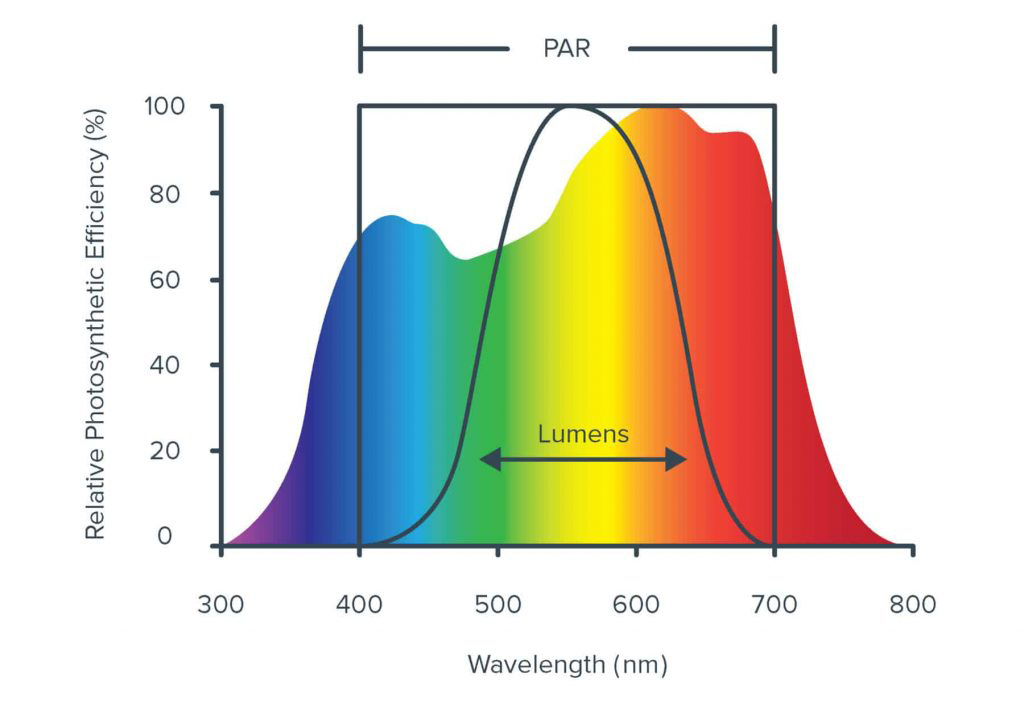 |  |
 |  |  |
「Common aquatic plants chart」の画像ギャラリー、詳細は各画像をクリックしてください。
 |  | 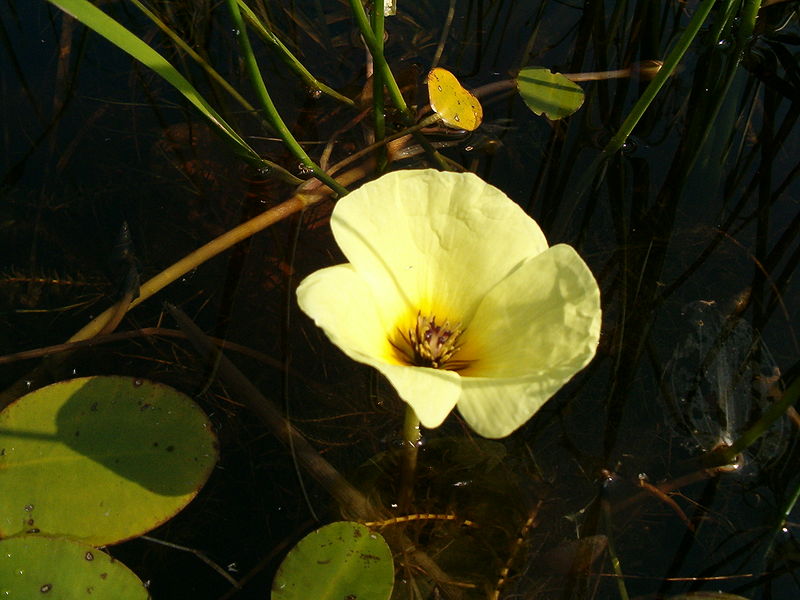 |
 |  |  |
 |  | |
「Common aquatic plants chart」の画像ギャラリー、詳細は各画像をクリックしてください。
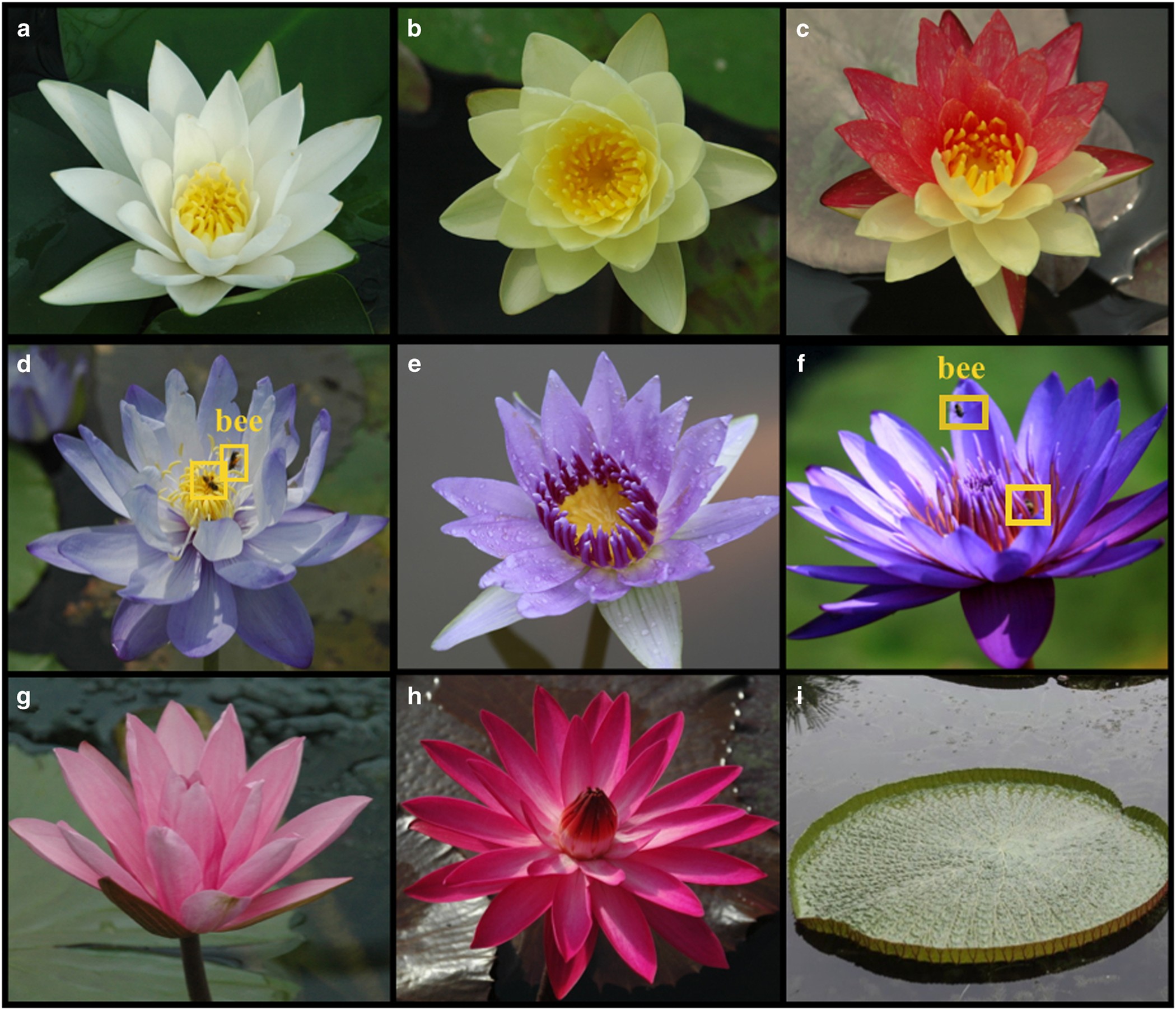 |  | |
 |  | |
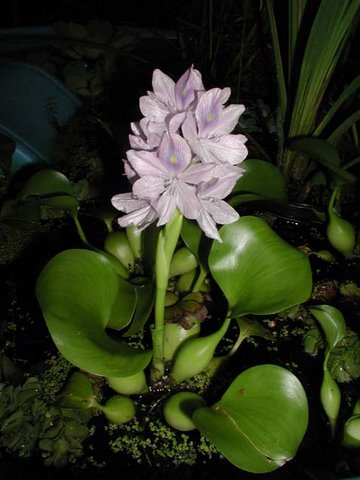 | 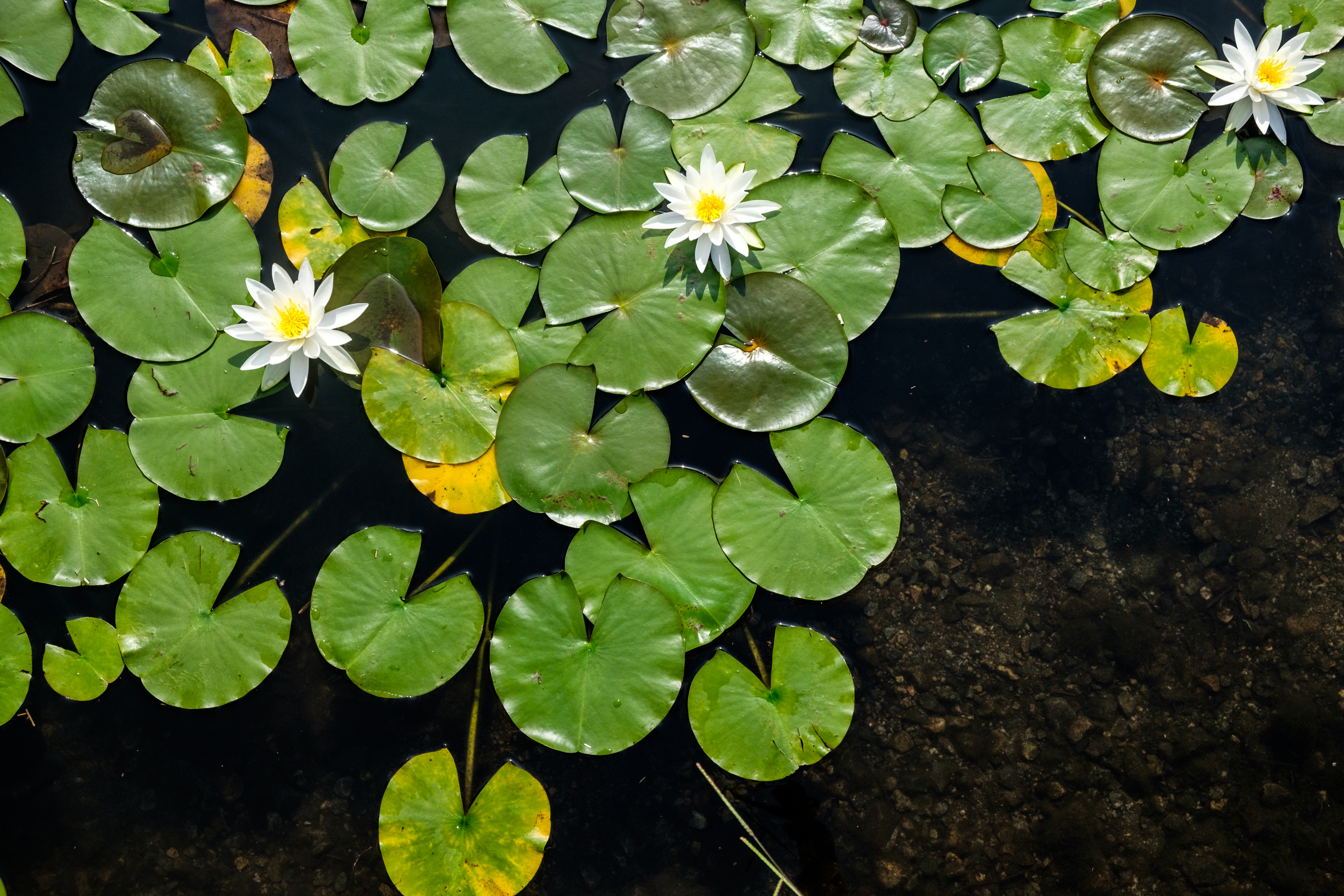 |  |
「Common aquatic plants chart」の画像ギャラリー、詳細は各画像をクリックしてください。
 | 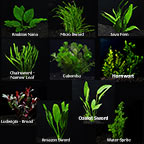 |  |
 |  |  |
 |  |  |
「Common aquatic plants chart」の画像ギャラリー、詳細は各画像をクリックしてください。
 |  |  |
 |  |  |
 | 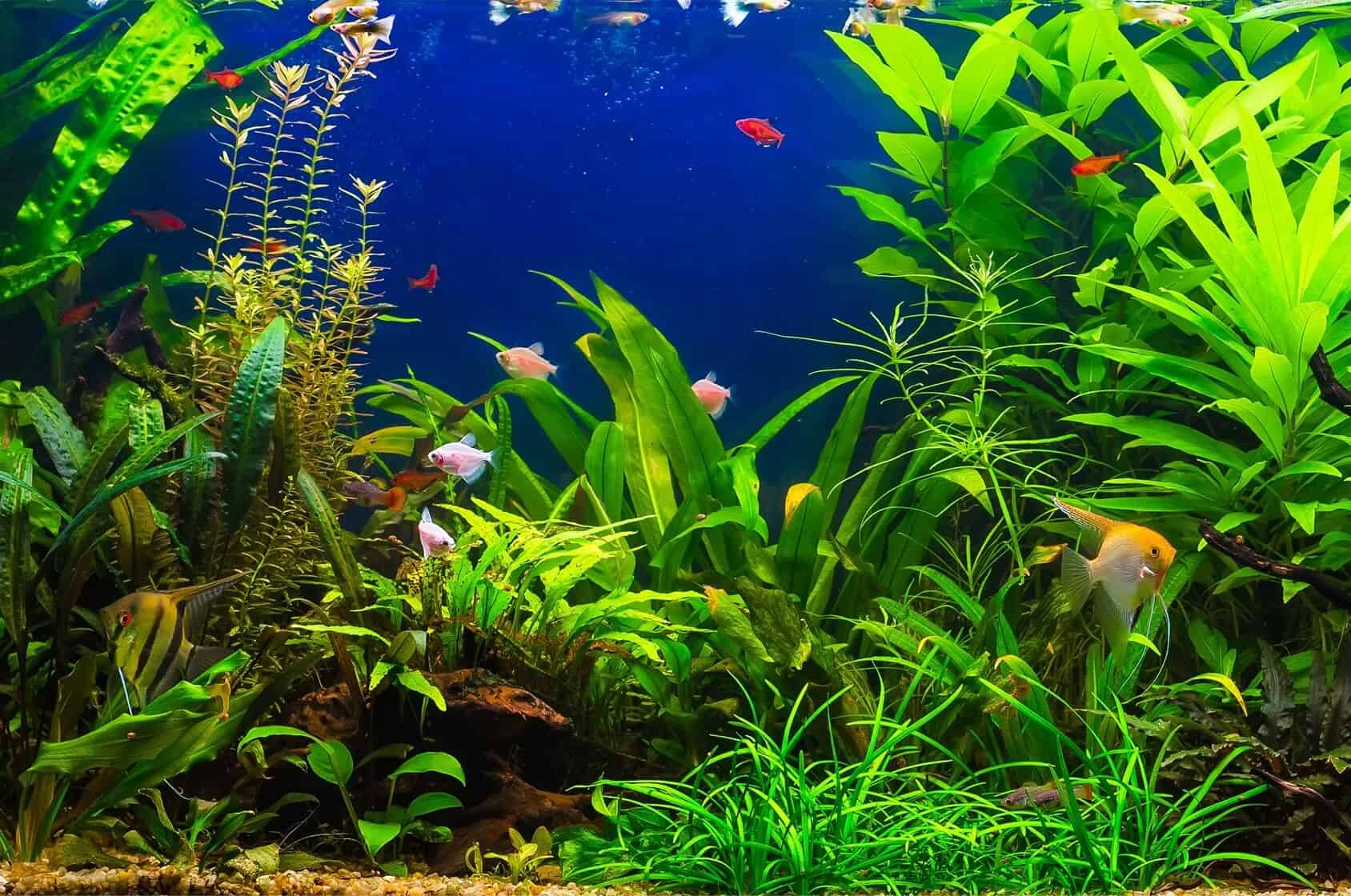 | |
「Common aquatic plants chart」の画像ギャラリー、詳細は各画像をクリックしてください。
 |  | 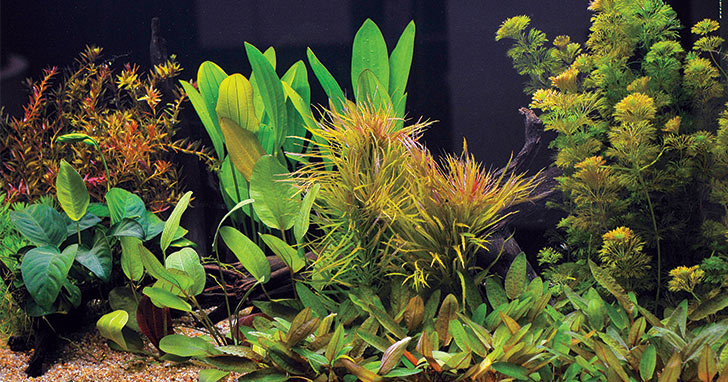 |
 |  | |
 |  | 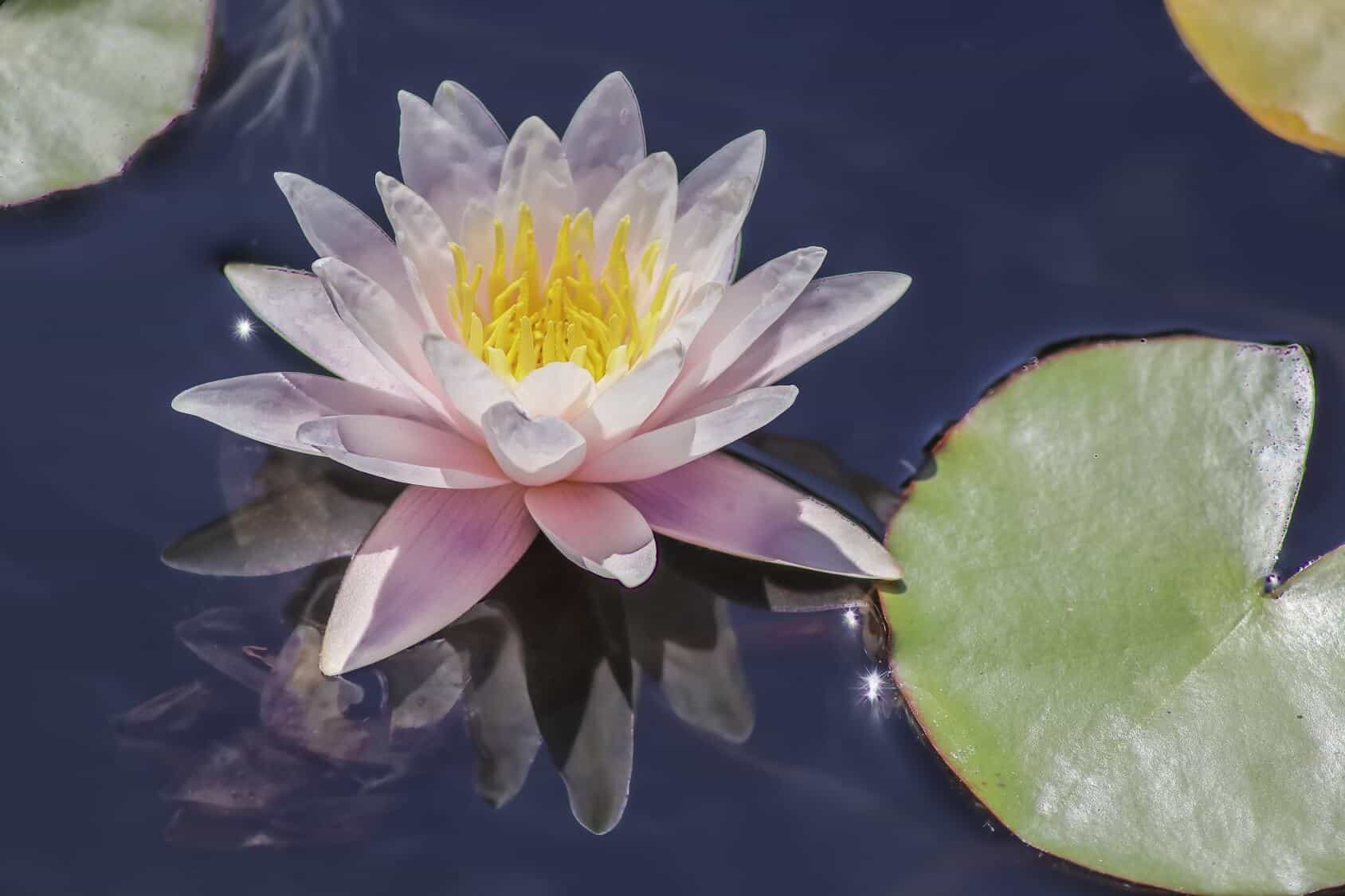 |
「Common aquatic plants chart」の画像ギャラリー、詳細は各画像をクリックしてください。
 |  | |
 |  | |
 | 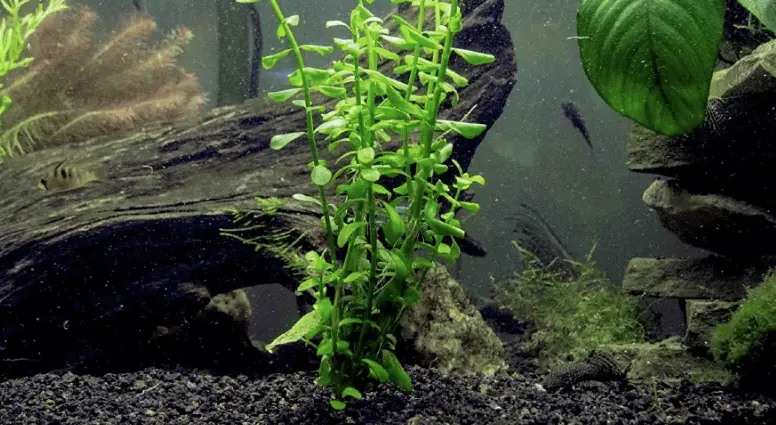 |  |
「Common aquatic plants chart」の画像ギャラリー、詳細は各画像をクリックしてください。
 | ||
 |  | 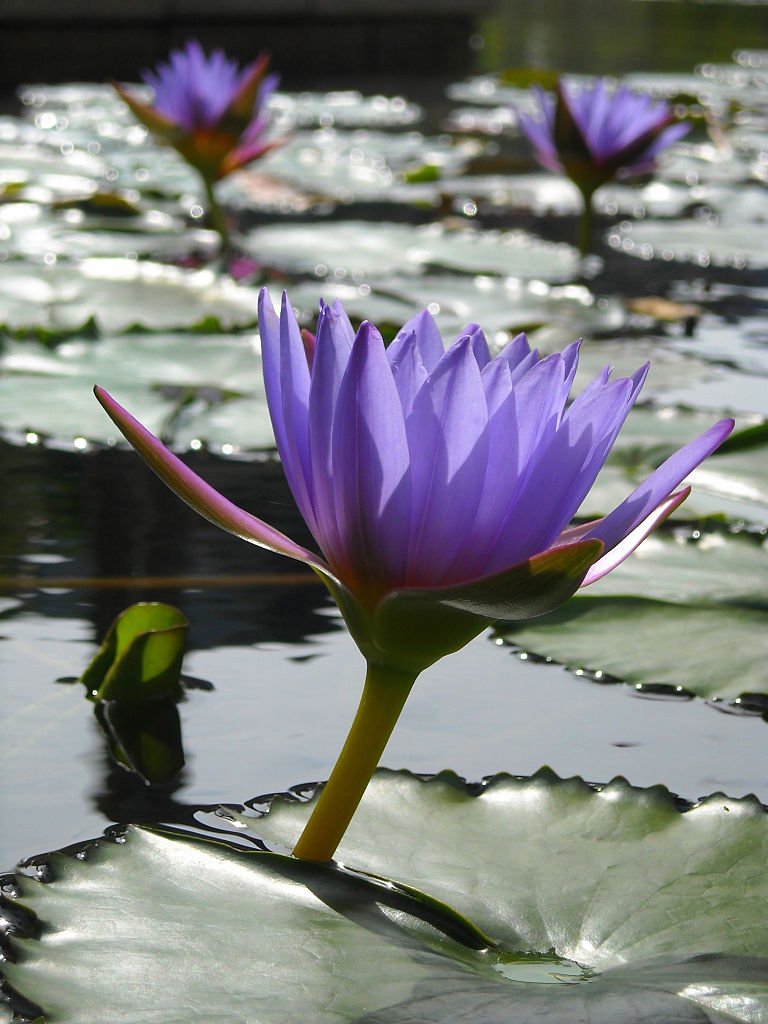 |
 |  |  |
「Common aquatic plants chart」の画像ギャラリー、詳細は各画像をクリックしてください。
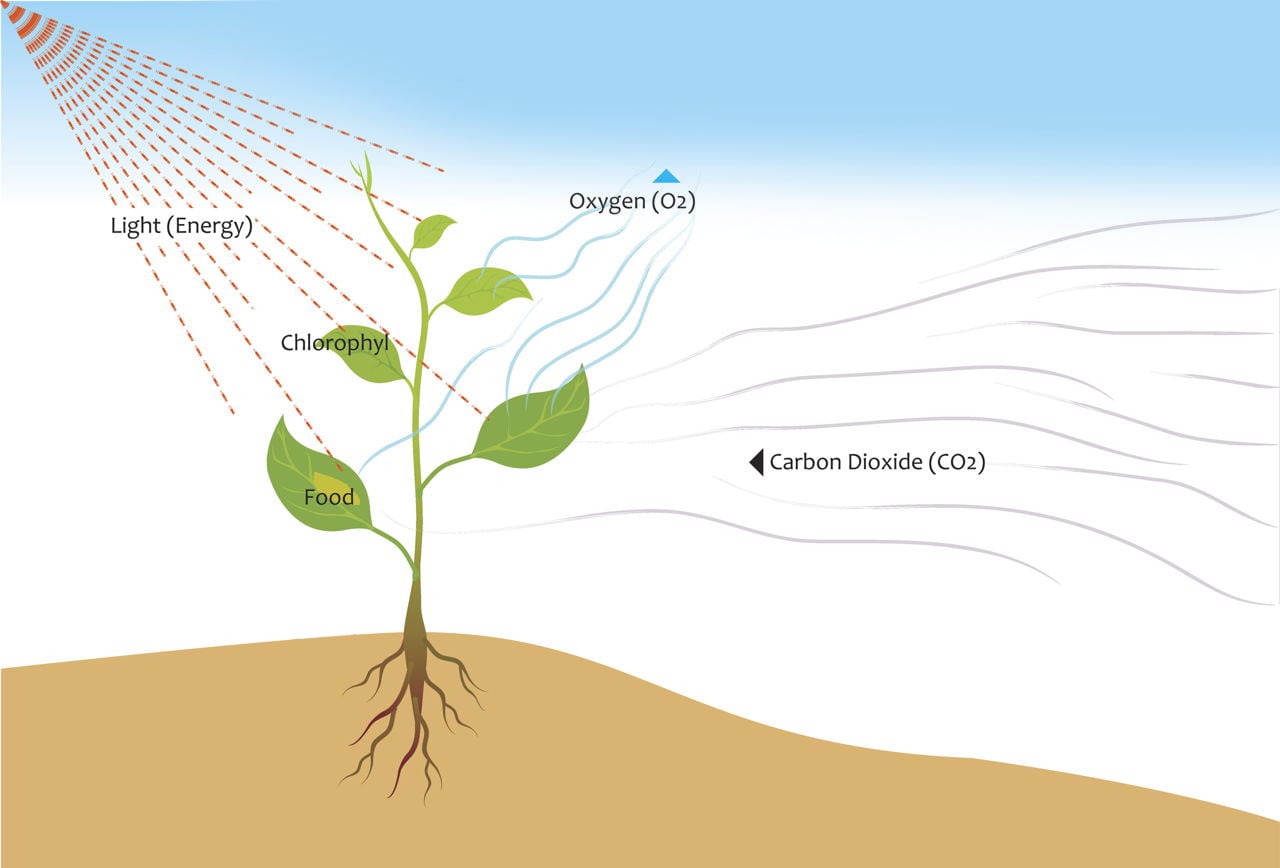 | 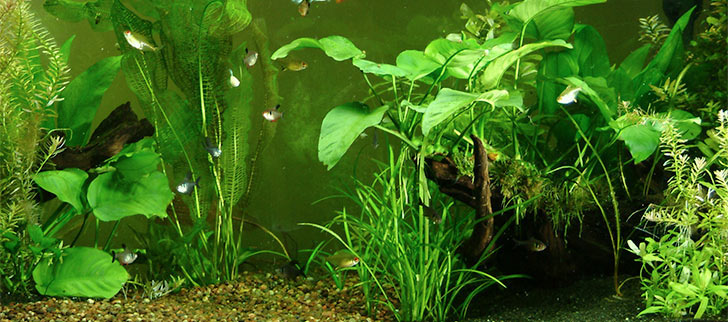 |  |
 | 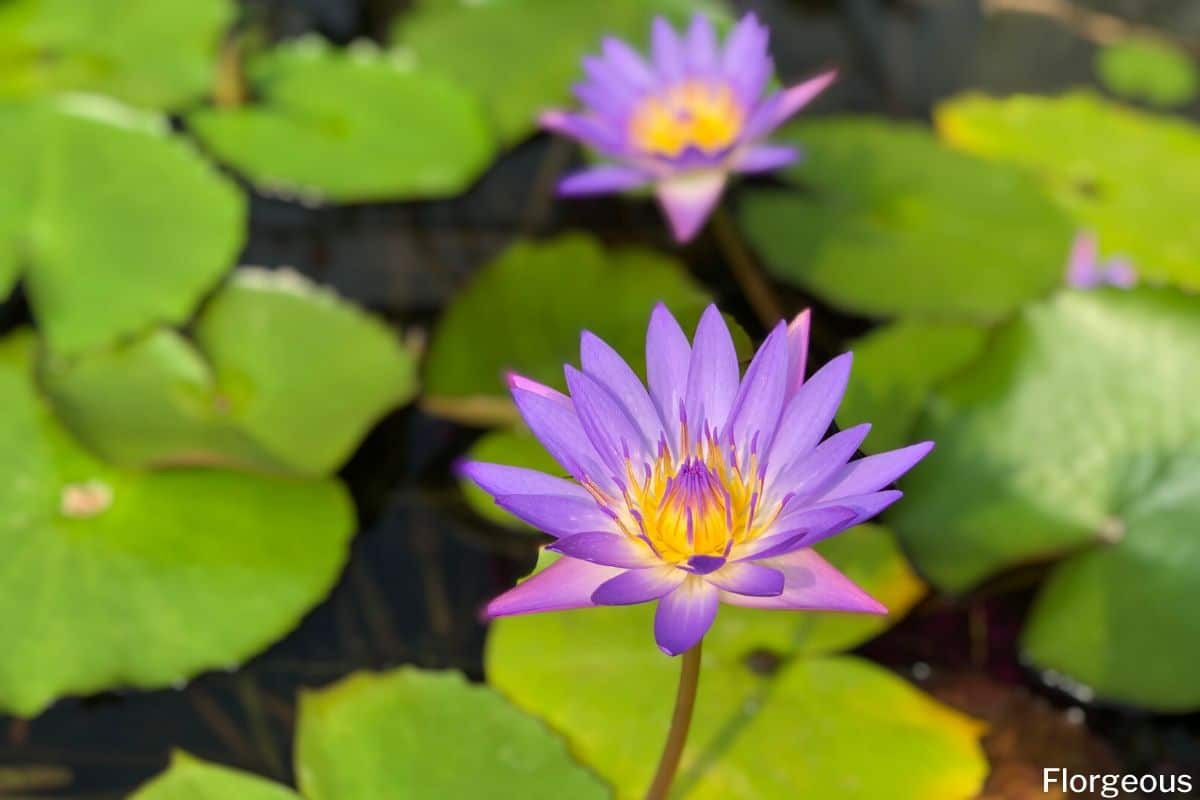 |  |
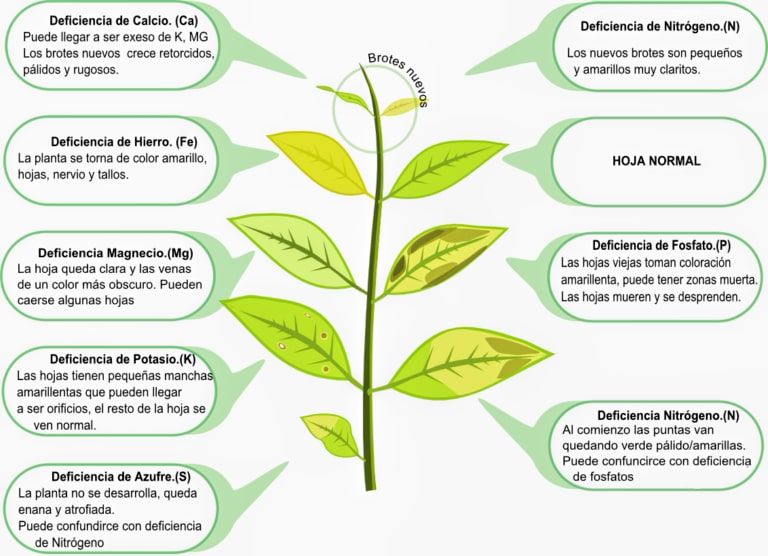 |  |  |
「Common aquatic plants chart」の画像ギャラリー、詳細は各画像をクリックしてください。
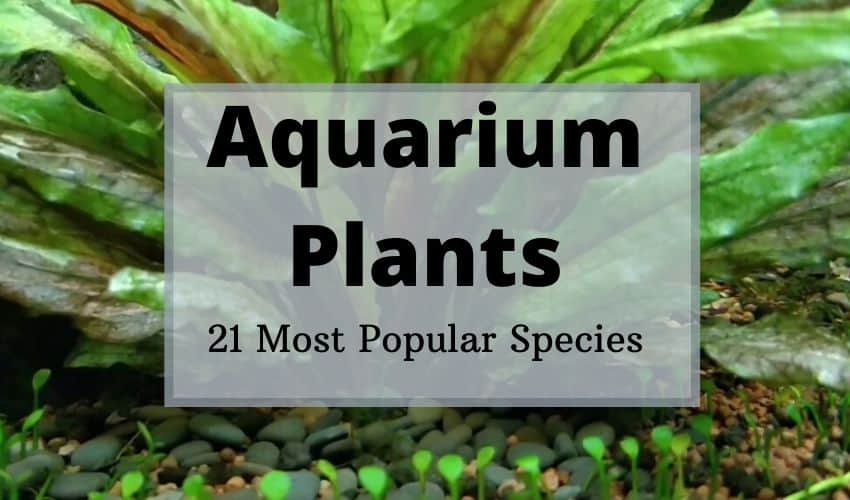 |  |  |
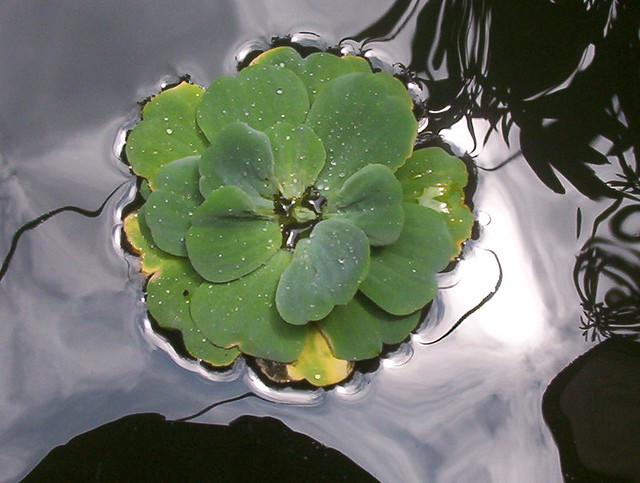 |  | |
 | 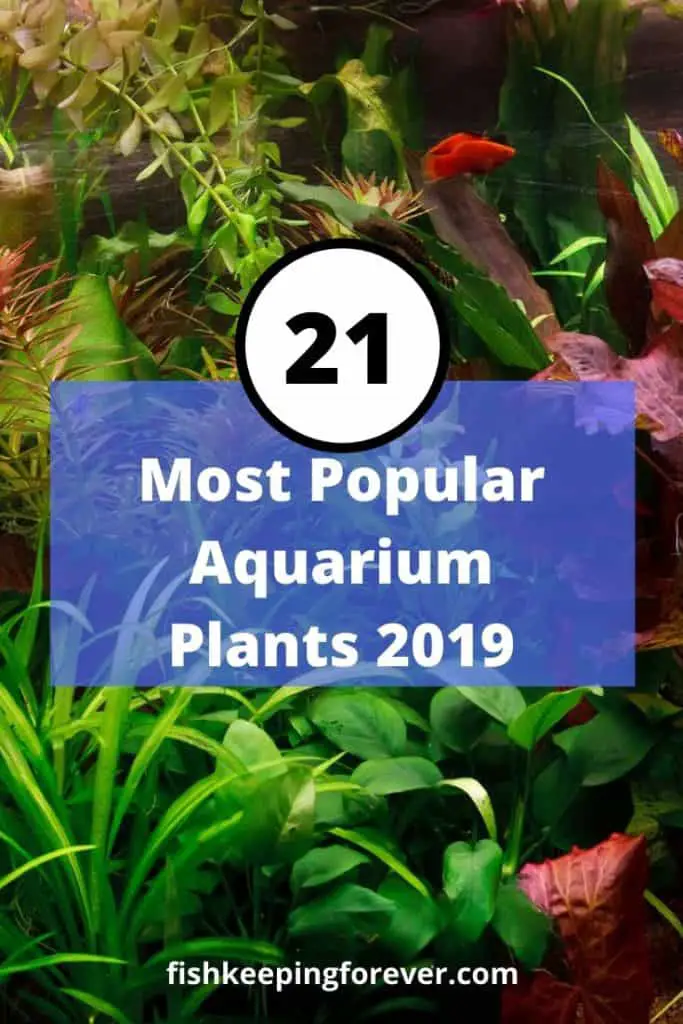 |  |
「Common aquatic plants chart」の画像ギャラリー、詳細は各画像をクリックしてください。
 |  |  |
 |  |
In this key, 29 of Vermont's common native aquatic plants and 11 aquatic invasive plants known from the state are covered Over 1 native aquatic plant species have been identified in Vermont, so you may try to identify a plant not covered by this key The invasive plants covered in this key are labeled so with a "☼"Just like any other plants types, aquatic plants are also divided into four groups essentially They divide into Algae They are the most common type of aquatic plants You can find them in oceans as they have no roots, leaves or stems They are really small and important part of the ocean food chain For instance, Lyngby and musk grass are algae
コメント
コメントを投稿